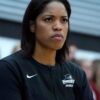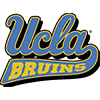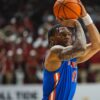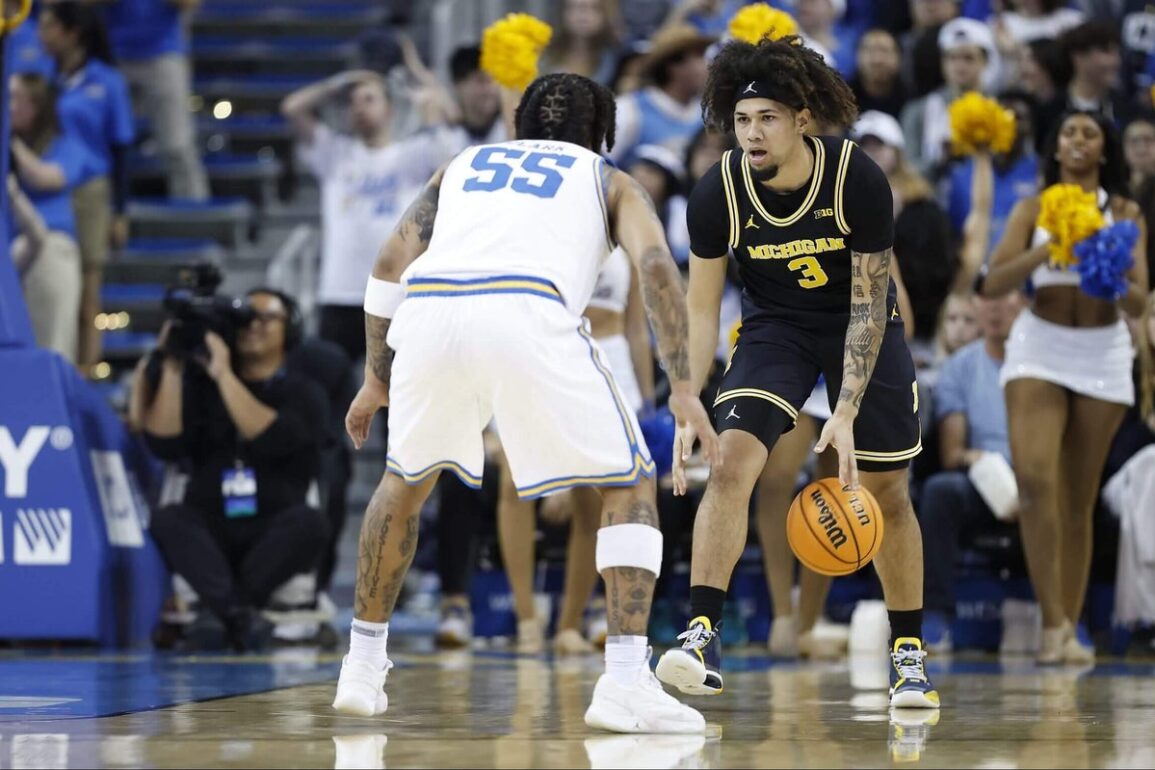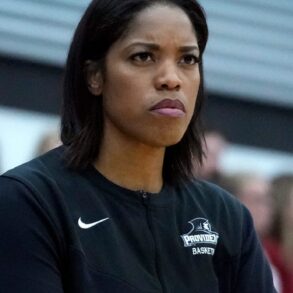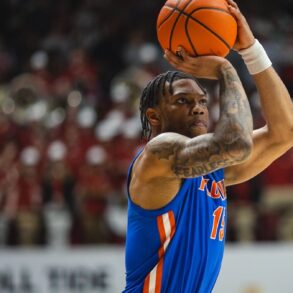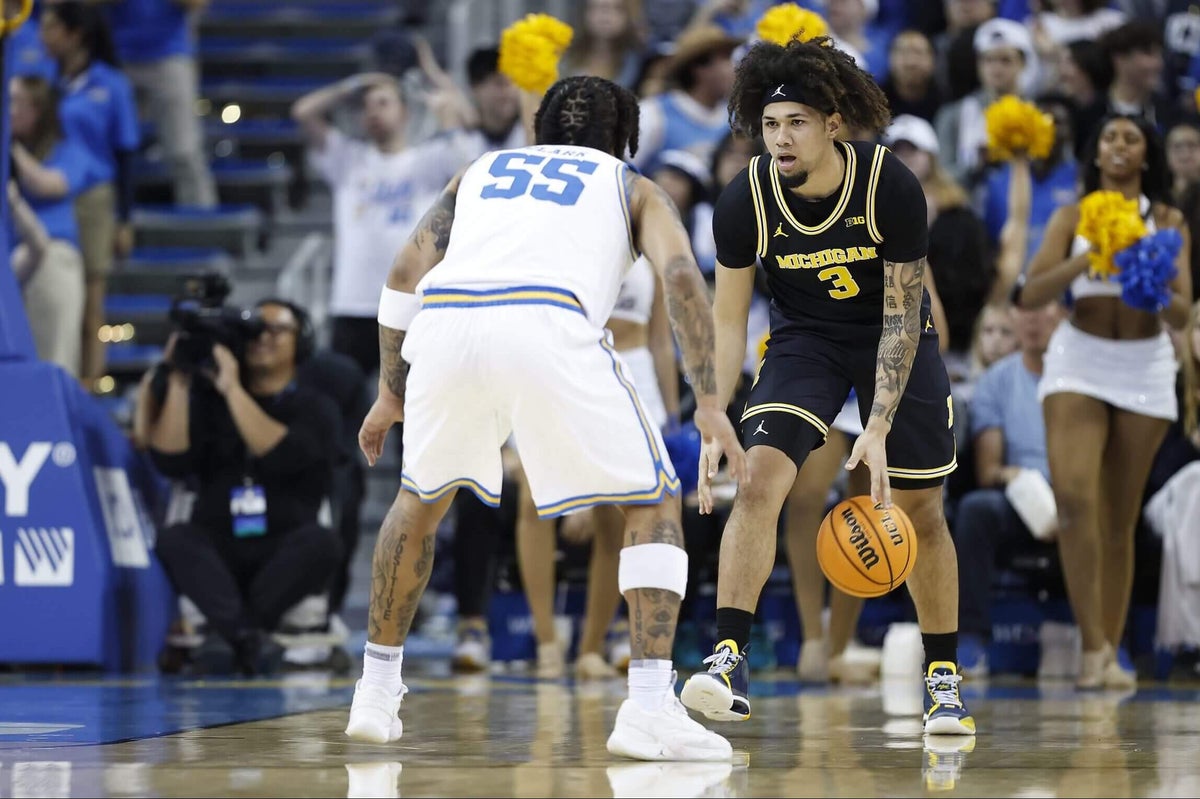
By Brendan Marks, C.J. Moore and Lindsay Schnell
It’s been a while since we fired up the ol’ college basketball mailbag, but midway through the season feels like an apt time to resuscitate it. Plus, we get to formally welcome our newest member of the team: Lindsay Schnell, an absolute pro’s pro. You’ll be reading much more from her in the weeks and months to come.
Advertisement
Some fan bases are dreaming big dreams … while others are already looking to the future. Call this a grab all. On to the hoops.
(Submitted questions have been lightly edited for length and clarity.)
What would be your over/under for new head coaches in the ACC next season? Hint: The answer is at least 2.5. — Tom W.
I’ll use your 2.5 as the line, Tom, and easily take the over. Both Virginia and Miami currently have interim coaches, and it appears unlikely that either Ron Sanchez or Bill Courtney earns the full-time gig. So we’re already at two, without counting other jobs that may open. As for other potential openings, I would count Virginia Tech, Boston College, Florida State and Syracuse as the four most likely; I’d be genuinely shocked if at least two of those didn’t become available.
Mike Young won the 2022 ACC tournament championship over Duke in Mike Krzyzewski’s final season, but the Hokies have gone 45-39 since and been a complete non-factor in a bad ACC. (If VT doesn’t make the call, I could even see Young stepping down to avoid the floor falling totally out.) Several of Leonard Hamilton’s former FSU players are suing the 76-year-old over alleged unpaid NIL, which doesn’t bode well for someone who is also 0-6 against top-100 opponents this season.
Meanwhile, Boston College is the lowest-ranked high-major team in KenPom’s database and has lost its past three games by a combined 47 points. Earl Grant simply couldn’t replace what he lost in the transfer portal this spring, leaving him little to show four seasons into a rebuild. And as for Syracuse, Adrian Autry is lucky he has two top-35 players committed in next year’s recruiting class — because even with their pledges, this season going sideways raises real questions about the Orange’s long-term direction. — Marks
Advertisement
If you were the athletic director at Navy (or any service academy) and ended up moving on from your head basketball coach, would you at least call Tony Bennett? Seems like all the things that drove him away from college basketball wouldn’t be an issue at a service academy, plus his style of play might be perfect for the types of players the academies get. — John H.
I like the idea of this question a lot. It’s true that a lot of the things making life harder for coaches these days — NIL, the transfer portal free-for-all, extreme helicopter parents — wouldn’t be as prevalent at a service academy, where players (theoretically) have a life plan they’re going to stick to and where the institution’s overall ethos is different from most of its NCAA competitors.
But I don’t see Bennett giving up the good life. He made a lot of money at Virginia — his pay had increased to $4 million annually before he stepped down shortly before the start of the season — and is likely having fun spending it and hanging out with his family. Bennett has long been outspoken about the importance of his faith, so I think it’s much more likely he starts touring the globe with the Fellowship of Christian Athletes and coaching kids in countries they visit. — Schnell
We will honor our National Champion head coach Tony Bennett 🐐 on Feb. 8 vs. Georgia Tech!
Buy Tickets ➡️ https://t.co/9eeY0xsP85
🔶⚔️🔷 #GoHooshttps://t.co/vfjDIcnPJI
— Virginia Men’s Basketball (@UVAMensHoops) January 14, 2025
Can you give me one reason to be hopeful that Michigan is actually solid, and one reason why it actually isn’t? I’m on the fence and would love to be fueled by even more uncertainty. — Garrett V.
One reason to be hopeful: Tre Donaldson. The easy answer here would be the chemistry of Danny Wolf and Vladislav Goldin. They are arguably the best frontcourt in the country and play terrifically off each other. My concern going into the year for the Wolverines was point guard play. Donaldson has exceeded expectations, and you can see his confidence and comfort growing every game. He’s scored the ball better than I thought he would (12.6 ppg), but even when he’s not scoring, he finds a way to make an impact, and he also knows the importance of setting up Wolf and Goldin.
One reason to worry: Turnovers. Michigan games can be roller coasters, because just when you think the Wolverines are in control, they’ll throw the ball away several possessions in a row, and it gets close again. Their three losses are by a combined five points, and giving away a few possessions has been the difference in those games. I’m a believer, but if there’s a reason to worry, it continues to be the turnover issues. Michigan ranks 328 in turnover rate and 17th in the Big Ten in conference games, so it’s an issue that hasn’t gone away. — Moore
How does Utah State do it? Seriously, its coaches keep getting poached and its roster is always in turnover, yet it is always one of the best mid-majors. It’s easy to say success is ingrained in the culture, but what does that actually mean to the people on the inside? — David M.
First off, am I the only one still thinking about that wild four-point play from Utah State’s Ian Martinez that beat Boise State at the buzzer last weekend? Absolute chaos, and a really fun game overall. Utah State is up to No. 22 in the AP poll.
Advertisement
To your question: A lot of success at smaller schools/mid-majors comes down to coaches who understand who they are and what they’re working with and staying true to that identity. If you don’t have the resources of a Power 4 school, you better know your X’s and O’s and be a good teacher, and the Aggies have had a string of those types.
You’re right that Utah State has had more than its share of turnover; the Aggies are on their fifth coach since 2018, as previous coaches have used their success in Logan as a springboard to bigger jobs.
Utah State’s administration is clearly ready for this reality, and in turn, identifies small(er) schools’ coaches who would fit well in its department. A quick glance at first-year coach Jerrod Calhoun’s previous head coaching record might underwhelm you — he went 118-106 at Youngstown State in seven seasons before jumping to USU — but if you study the numbers closely, you’ll see that his run was actually pretty impressive, and he was on an upward trajectory.
Years ago, a coach told me that winning at smaller or less-resourced schools often comes down to knowing how to cover your team’s weaknesses. I’m guessing Calhoun, who had a successful, five-year run at Division-II Fairmount State that included a national runner-up finish, would agree and say he learned lessons at those smaller schools that are helping him right now in Logan.
All that being said, Boise State should have won that game. — Schnell
Shall the Iowa State Cyclones party like it’s 1944? — James S.
1944 was the only time the Cyclones made the Final Four, so I’m assuming James would like to know if the Cyclones will make it to their second this season. I’m not going to guarantee that, because the best teams do not always get there. But I will say this: This may surpass the 1999-2000 team as the most complete Iowa State team I’ve watched in my lifetime. That group was led by Marcus Fizer and Jamaal Tinsley, earned a No. 2 seed and made the Elite Eight. Iowa State has had other great teams, but they’ve usually excelled on the offensive end, especially during the Fred Hoiberg and Steve Prohm era.
That 2000 team, like this one, was good on both ends. That group had better top-end talent, but that was another era in college hoops when lottery picks would stick around for a few years. T.J. Otzelberger has built this team wisely for this era, and this group is so connected on both ends of the floor. It’s become expected that Otzelberger’s teams are going to guard, but the rise of the offense to top 10 in adjusted efficiency has been really impressive. And teams that are elite on both ends typically have the most success in the NCAA Tournament, so you’re justified in having high hopes. — Moore
Advertisement
Do you think this is the year that Memphis and Penny Hardaway can make a big run in the NCAA Tournament after years of early exits? What makes this year’s Tigers team different? — Michael H.
Midway through his seventh season at Memphis, Hardaway has only one NCAA Tournament victory (in two appearances). That context matters, because does a “big run” mean making the Final Four or just the second weekend? The latter is entirely possible. The Tigers will face little true adversity in the AAC this season, but their nonconference resume — featuring wins over UConn, Michigan State, Clemson and Ole Miss — is one of the best in the nation and suggests that this is Hardaway’s best top-to-bottom team yet.
But why? The clearest difference between this team and Hardaway’s previous six is the shooting. Before this season, no Hardaway-coached Memphis team had shot better than 36.3 percent from 3 — but this year, the Tigers are at 40.6 percent, the sixth-best rate in the nation. Hardaway’s three primary perimeter additions this offseason — PJ Haggerty (Tulsa), Tyrese Hunter (Texas) and Colby Rogers (Wichita State) — are carrying almost all of that shooting heft, and have fit together seamlessly. Among those three and Memphis’ top two frontcourt additions — Dain Dainja (Illinois) and Moussa Cisse (Ole Miss) — you could reasonably make the argument that Memphis has one of the nation’s best overall transfer portal hauls.
The Tigers are also 13th nationally in free-throw attempt rate, and all of Haggerty, Cisse and Dainja are top-200 nationally in terms of drawing fouls. Combine those two offensive pillars with a typically solid Hardaway defense — Memphis has finished top 55 in adjusted defensive efficiency in five of Hardaway’s six seasons — and you’ve got the makings of a potential second weekend team. — Marks
Which conferences have benefited the most by the players arriving via the portal this year? And conversely which conferences have been hurt the most? — Mike O.
The SEC and Big Ten have benefited the most, and the reason why is simple: Money. Across the board, those schools have the most NIL money, with the SEC No. 1 in that category. You still have to be smart in who you pursue, but just like in Major League Baseball, the teams with the most to spend are typically going to attract the best free agents.
The leagues that have suffered the most are the American and Missouri Valley. Before NIL, teams in those leagues could typically hold on to their best players because the leagues were good enough that those players knew they could still get the attention of pro scouts. But now those schools cannot compete with what the high-majors can spend, and most of these players aren’t going to play in the NBA. A lot of them are going to make a higher salary transferring to a high-major school than they will make the rest of their lives. When you look at it like that, it’s hard to blame them for transferring.
I had an agent suggest to me recently that we should have buyouts, like they have overseas. So, for example, Indiana State lost its entire starting five after going 32-7 last year. In this scenario, the schools that landed those players (Texas, Xavier and Saint Louis) would have to pay buyouts to Indiana State, and Indiana State could use that money on its next roster. So a school like Indiana State still benefits from finding and developing those players. I love that idea. — Moore
(Photo of Michigan’s Tre Donaldson and UCLA’s Skyy Clark: Ronald Martinez / Getty Images)
This post was originally published on this site be sure to check out more of their content.


